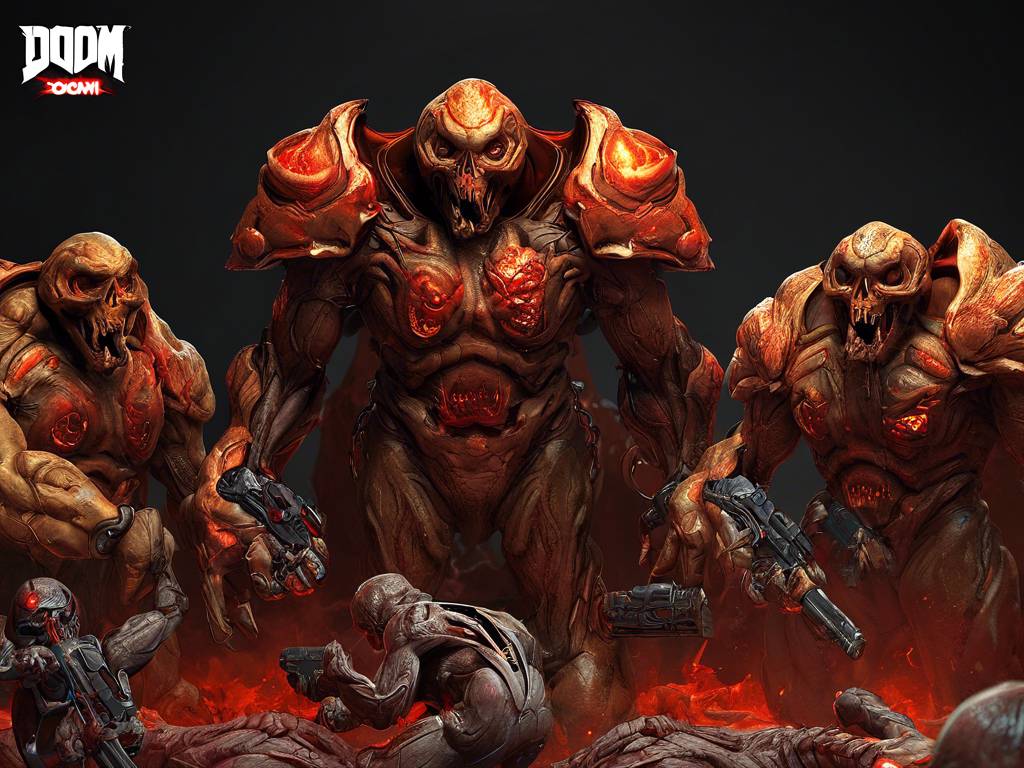AI Chatbot Plays Doom, But Fails Miserably
An engineer at Microsoft has demonstrated that the popular AI chatbot ChatGPT can play the classic first-person shooter game Doom, but it’s not very good at it. Adrian de Wynter paired ChatGPT with OpenAI’s multimodal GPT-4V (Vision) to enable the chatbot to play Doom. However, the results showed that the AI model struggled due to limitations in input and image rendering. It would forget it was taking damage if it fell into an acid pool and would get stuck and die. Additionally, the AI model had a tendency to hallucinate and make up explanations for its actions, leaving the game’s protagonist vulnerable to monsters.
Doom on Unusual Devices
The ability to run Doom on unconventional devices has become a popular challenge for hackers and tech enthusiasts. Some notable examples include playing Doom on a lawnmower and even on gut bacteria. Adrian de Wynter’s experiment with ChatGPT adds to this trend by attempting to get an AI chatbot to play the game.
Pairing ChatGPT with GPT-4V
To make Doom work with ChatGPT, de Wynter combined it with OpenAI’s multimodal GPT-4V (Vision). This pairing allowed the chatbot to interact with the game and attempt to play it.
The Limitations of GPT-4V
Despite the advances in GPT-4 and its vision-enhanced variant, the AI model was unable to independently run Doom due to several limitations:
- The model struggled with input and image rendering, leading to issues such as forgetting about taking damage from an acid pool.
- The AI model had a tendency to hallucinate and make up explanations for its actions, which left the game’s protagonist vulnerable to monsters.
The Challenges Faced by de Wynter
During the experiment, de Wynter encountered several challenges:
- Debugging took a significant amount of time, as he had to constantly check for any issues or breaks in the frames.
- The AI model occasionally tried to escape the map through a window, requiring additional adjustments.
Doom’s Portability and Open-Source Nature
Doom’s popularity as a game to experiment with can be attributed to its portability and open-source code. These factors make it easier for researchers like de Wynter to work with and benchmark intelligent agents. The simplicity of Doom also allows for testing reasoning capabilities in real-time situations.
Future Gaming Experiments with Large Language Models
De Wynter expressed interest in conducting more gaming experiments using large language models (LLMs) in the future. He believes that games serve as an excellent testbench for evaluating LLM reasoning and planning capabilities. While strategy games may not be feasible at the moment, he wonders if simpler games or other models could yield better results.
🔥 Hot Take: AI vs. Classic Games
The experiment showcasing ChatGPT’s attempt at playing Doom highlights both the potential and limitations of AI models in classic games. While AI has made significant strides in various domains, replicating human-like gameplay remains a challenge. The project by Adrian de Wynter demonstrates that even with advanced AI models like GPT-4V, there are still hurdles to overcome when it comes to independent decision-making and handling complex gaming environments.
🎮 Classic games like Doom continue to serve as valuable testing grounds for AI researchers, pushing the boundaries of what AI models can achieve. As technology advances and AI continues to evolve, it will be fascinating to see how these models fare against more complex games and whether they can eventually match or surpass human performance.





 By
By
 By
By

 By
By
 By
By